Everyone’s familiar with the phrase “dog breath.” You may not enjoy the smell wafting from your dog’s mouth, but if the odor knocks you out, there may be problems brewing. Appropriate dog dental care needs to be part of your daily routine. Not only will it keep stinky breath at bay, but it could also save your dog from severe dental problems.
Periodontal Disease
The American Veterinary Dental College estimates that most dogs develop some form of periodontal disease by the age of three. Shocking, right? Tooth problems seem like an older age problem. Bad breath is often the first warning sign, but owners often dismiss the symptom as normal doggy breath. But if you feel the odor’s horrific, you need to get your dog to the vet right away.
If left untreated, dental disease has the potential to lead to abscesses, tooth loss, and even infections throughout your dog’s body. Veterinarians treat many of the following dental issues:
- Broken jaw
- Broken teeth
- Cysts or tumors
- Malocclusion (misaligned teeth or jaws)
- Palate defects (cleft palate)
Proper dog dental care is the first defense against such problems.
Breed Concerns
Every dog deserves consistent dental care. However, there are specific breeds that are more susceptible to periodontal disease. Problems arise due to the presence of less bone in the skull. There isn’t as much support for the teeth. You need to step up your dog’s dental care routine to make up the difference. This group includes the Sighthounds and small dogs. In fact, the tinier the dog, the bigger the problems.
The Importance of Proper Dog Dental Care
Why has dog dental care emerged as such a concern? According to dental-hygienist Kimi Kan-Rohrer at the University of California-Davis, “Because pets are living longer, dog dental care has become more important to address as it can be connected to other health issues.” If a compromised tooth allows bacteria to enter the bloodstream, your dog can end up with kidney, liver, or even heart issues. That’s the last thing you want to see happen – especially when you can prevent the problem.
As part of your routine dog dental care, you want to keep an eye out for ANY of the following:
- Abnormal chewing
- Abnormal drooling
- Bad breath
- Bleeding from the mouth
- Discolored teeth
- Dropping food from the mouth
- Extra or retained baby teeth
- Loose or broken teeth
- Pain in or around the mouth
- Reduced appetite (or refusing to eat)
- Swelling around the mouth
- Teeth covered in tartar
Dog Dental Care
Luckily, there are multiple lines of defense in the war against periodontal disease. You can use all of these options (which is optimal), or you can find a combination that works best for you and your dog. The critical part is getting started as early as possible. (Three years comes up fast!) The sooner you start a dog dental care program, the sooner you start protecting those pearly whites.
Dog Dental Care: The Annual Cleaning
Surprise! Starting with a clean slate is always the best option. A professional cleaning with your veterinarian provides the healthiest state for your dog’s mouth. This kicks off the dog dental care plan on the right foot.
For most dogs, this is an annual visit. If your dog’s mouth has problems, you may need to go more often.
What happens during a professional cleaning?
- Intraoral radiographs
- Full dental charting
- Scaling above and below the gumline
- Polishing
- Any necessary extractions
Anesthesia?
Yes, your dog undergoes general anesthesia during a dental cleaning. Why? Well, you have no problem opening and closing your mouth when prompted by your dentist. Your dog? Not so much. The anesthesia allows a safe environment for the veterinary staff AND your dog. In addition, if extractions are needed, the anesthesia ensures a pain-free procedure.
Dog Dental Care: Brushing
Now that your dog’s teeth are fresh and shiny, you take over the dog dental care duties. The gold standard? Brushing their teeth! You want to use dog toothpaste. Ideally, you should brush your dog’s teeth every day. Plaque brushes off teeth easily. After 48-72 hours, plaque calcifies into tartar, which you CAN’T brush off. So while you can brush your dog’s teeth every other day, you shouldn’t go much further out than that.
The mechanical action of the bristles against your dog’s teeth, combined with the abrasive in the toothpaste, is what removes that pesky plaque. You can train your dog to accept this into their everyday routine. Once you both get the hang of it, you’ll be on your way!
Dog Dental Care: Dental Treats
Between brushings, dental treats make a great addition to your dog dental care routine. Dental treats have unique designs to remove plaque build-up as your dog chews them. They also contain ingredients to help freshen your dog’s breath (two for one!). Your best option is to select a treat approved by the Veterinary Oral Health Council (VOHC).
Established in 1997, the VOHC maintains a list of all oral health products. Manufacturers must submit their clinical research to prove their products remove a minimum of 10-15% of plaque to receive the VOHC seal. The list includes treats, foods, toothpaste, and even water additives.
We use Greenies as the dental treat of choice in our house. They come in a variety of sizes, and they often have seasonal flavors in addition to the standard flavor. Our dog loves them so much, she knows precisely what time of day is Greenie time. All of the Greenies have the VOHC seal (to give you peace of mind). And our Greyhound (a breed notorious for bad teeth) gets a fantastic report on her smile every vet visit.
Dog Dental Care: Chews
Chewing, in general, aids in the dog dental care process. There are hundreds of options available – everything from natural chews to chew toys. If your dog gnaws on the object, they’ll scrape the unwanted plaque from their teeth. However, you’d probably like them to avoid the furniture.
Cow’s ears, bully sticks, and chicken jerky make for great chews with flavoring. You should AVOID rawhide chews. They have the potential to become choking hazards, and they scrape and tear the intestinal tract. They also have the potential to end up coated in chemicals that may cause your dog to fall ill. NO RAWHIDES!
Marrow bones are acceptable, provided you supervise your dog the entire time. AVOID cooked bones! Cooked bones splinter, causing internal damage! When your dog isn’t chewing on the bones, please keep them in the fridge to prevent bacterial contamination.
Rubber and nylon toys work well for dog dental care. Just make sure the toy you choose is appropriate for your dog. (No foreign bodies, please) When they finish playing, put the toy away to avoid any potential accidents.
Smile for the Camera!
You’d never skip brushing your teeth for a day, right? So you shouldn’t skimp on your dog’s dental care, either. But, even if you just brush their teeth every day or hand out a dental treat, you’re making a big difference. Little acts add up. And it’s better than facing the possibility of a root canal or extractions.
So check that VOHC list and put together your dog dental care plan. Your dog will appreciate it. And there won’t be any more stinky dog breath!

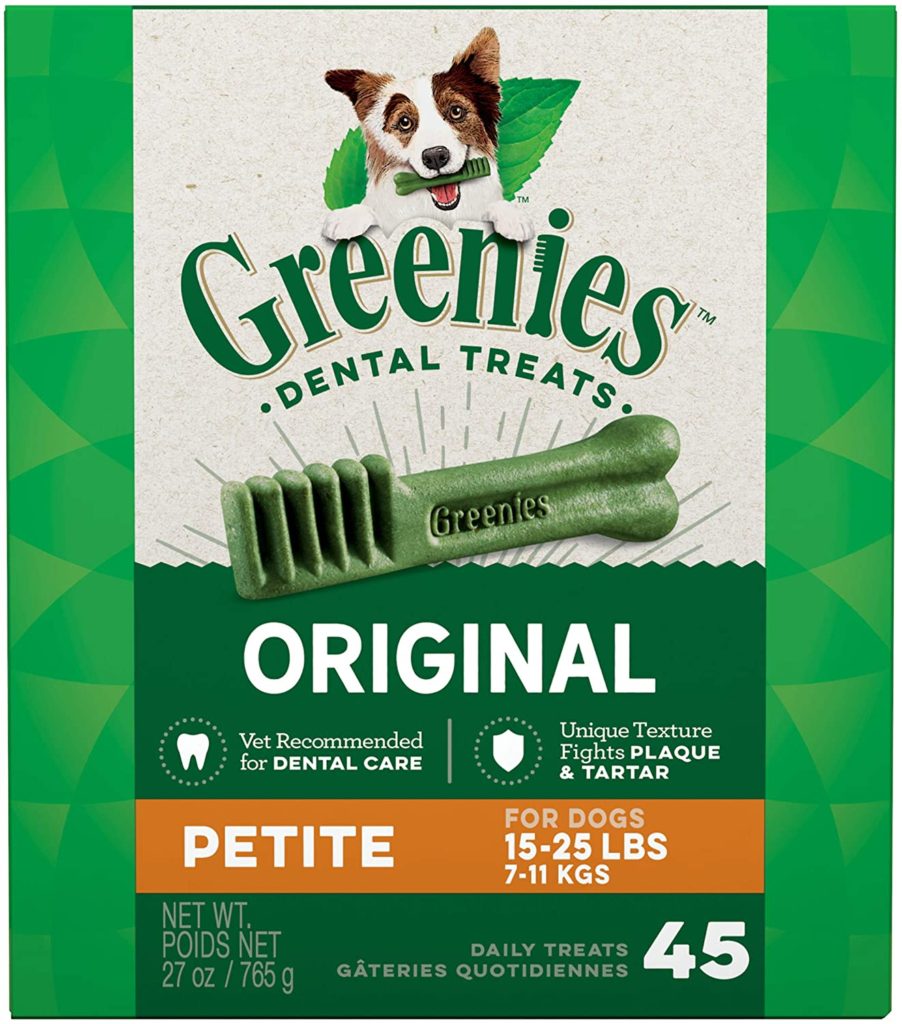
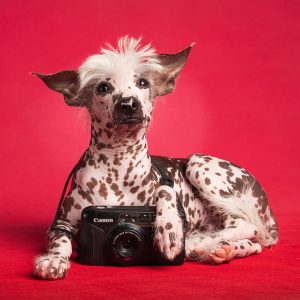

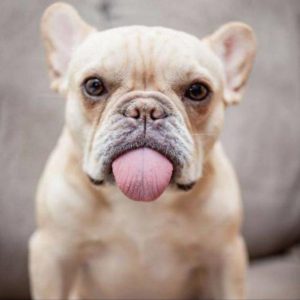


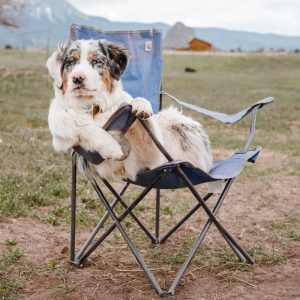
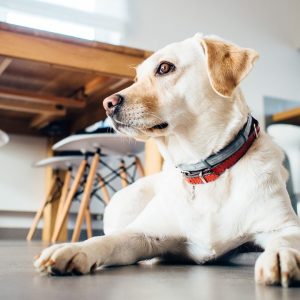


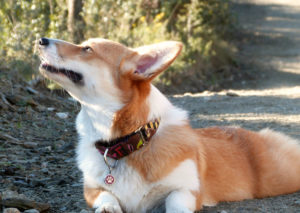

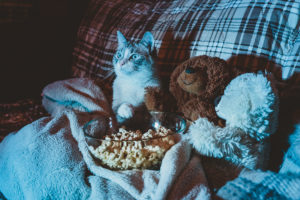
No comment yet, add your voice below!